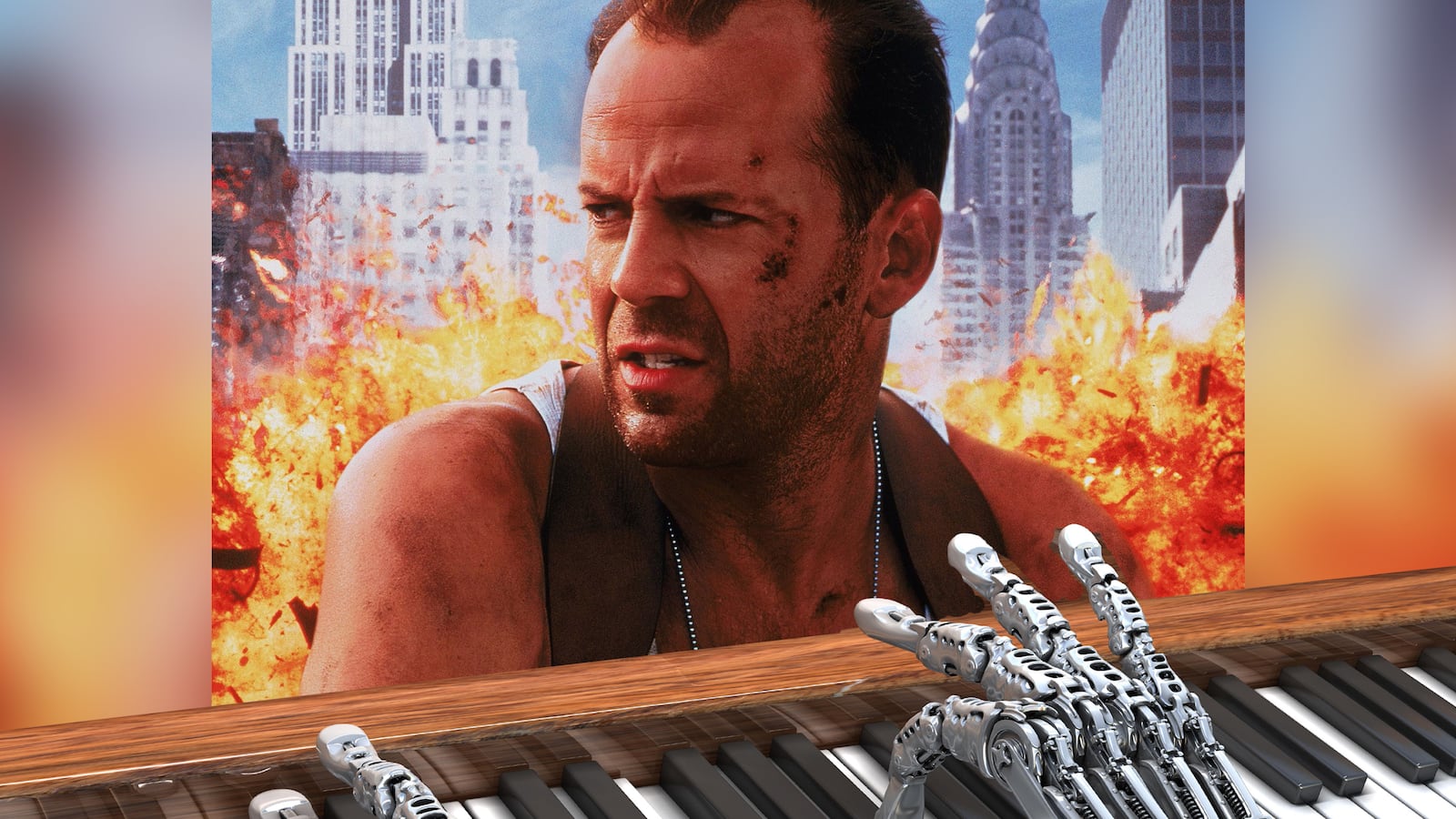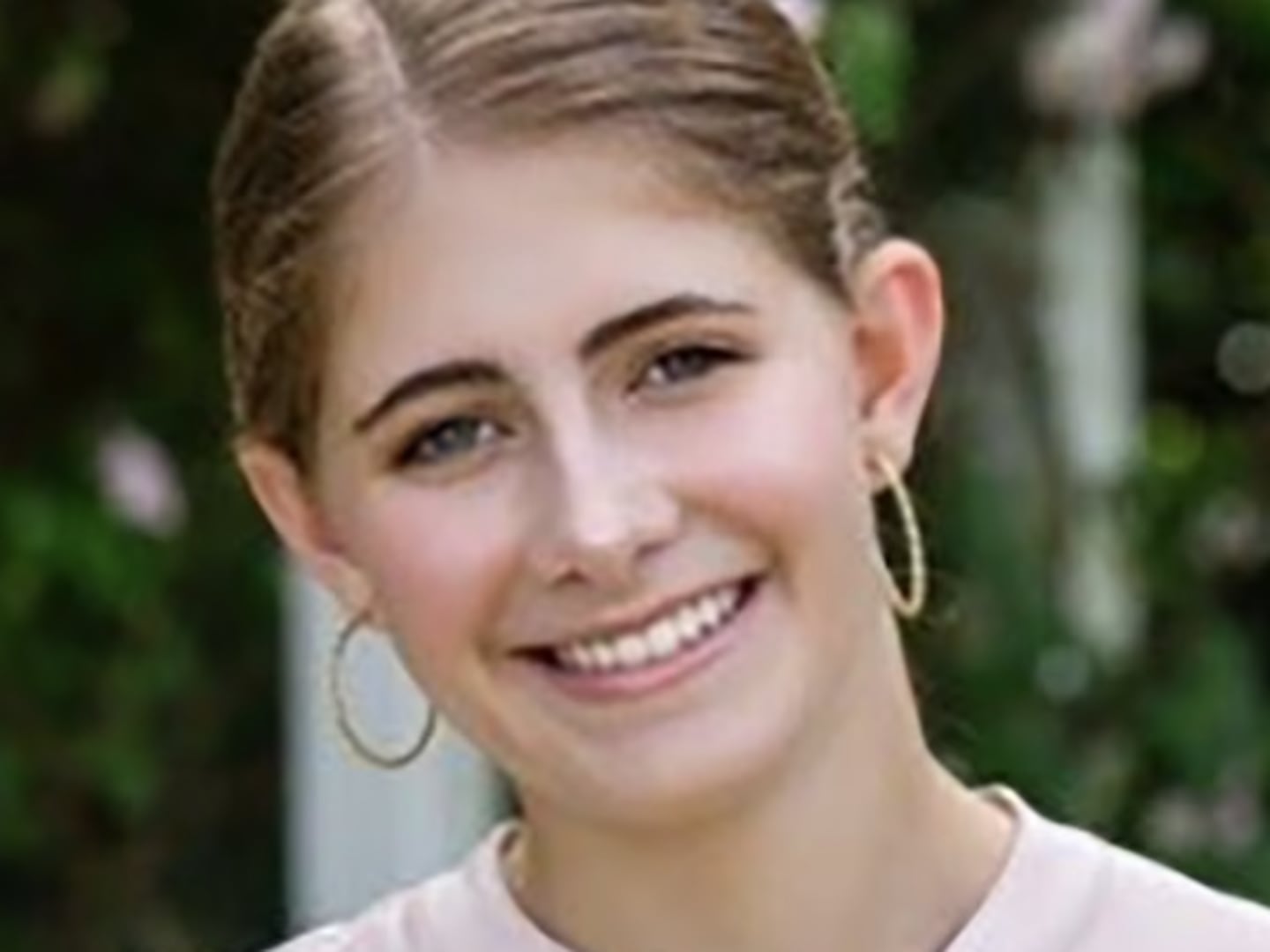By now, you’ve seen the real-life horror stories of robots gone bad. Maybe not the apocryphal ones from, say, a Michael Bay movie, where a person that’s also a car eats a whole town. We instead get boring, monotonous, mercilessly funny failure.
Two months ago, Microsoft put out a bot on Twitter that was supposed to mimic and address humans but instantly became a Nazi who believed Ted Cruz was “Cuban Hitler,” proving once and for all that even robots who have been feigning sentience for two days are better at political attacks than the Hillary Clinton campaign. It also proved that consumer bots, as currently constituted, aren’t good enough to even be sort of friendly on Twitter, let alone take over the world.
Despite being the current tech buzzword, most bots are simply too pathological, too focused on the task at hand, and simply too uncreative to currently contend for singularity.
Enter the School for Poetic Computation.
Specifically, enter Piano Die Hard.
“Piano Die Hard” is an installation by Corbin Ordel and Aaron Montoya-Moraga that plays the piano every time there’s an explosion in the movie Die Hard. Yes, that’s all it does. And yes, it’s a full-sized piano hooked up to an old, circa-2000-era TV/VHS player combo.
It is so wonderfully stupid, and it’s the largest exhibit in total floorspace by a mile at alt-AI, an art show in the West Village of Manhattan that was created to “explore artificial intelligence through the lens of artistic practice.” Thus “Piano Die Hard.”

“Last year, machine learning started to reach public consciousness. I think there’s starting be a lot more interest in it,” said curator Gene Kogan. “It’s at the place where computer vision was a few years ago, where it blew up into this larger idea, and people are starting to see what it can be.”
“Computer vision” is, in practice, when computers can identify objects and faces in a space, like when Facebook can identify your ex in a picture you really did not want to see ever again and then place it directly in front of you alongside her horrendous new boyfriend.
There’s an exhibit that draws a little bit from that here, too. Melanie Hoff created this thing called Doppelcam, which will doubtlessly make her soon painfully rich, which takes a picture of you, processes your surroundings, then instantly scrapes Google for an identical picture. It’ll show you your perhaps extremely unflattering doppelgänger, and it’ll also ID pretty much anything else. If you put a cactus there, I ask her, what does it do?
“It gives you a cactus,” she says.
All right.
“Instead of being about preserving your memories and remembering that you were there, it’s about the experience of seeing your surroundings in a new way,” says Hoff.
Or, everything you’ve ever experienced has been experienced before. Art.
“Or… finding random people that look like you, for fun,” she says.
That, too. And that’s part of the draw here, at the School for Poetic Computation, which accepts about a dozen people for 10-week programs to do, frankly, weird shit with computers at the bottom of Manhattan in a tiny, smelly, dojo-esque experiment space near the West Side Highway.
The school’s aim is “to promote completely strange, whimsical, and beautiful work” and not necessarily “for building a portfolio for finding a job, but the sort of things that will surprise and delight people and help you to keep creating without a job.” Art.
This exhibit existed to show off the great stuff happening inside and outside the school. Kogan himself made a bot that creates a real-time Cubist painting of your face the second you stand in front of it. (It’s more flattering than the Doppelcam, hear you me.) There’s also stuff, like the Twitter-famous TV Comment Bot, which is from outside the school, and will provide hysterical captions of live TV based on what the bot is seeing on the screen.
If you are a Donald Trump of robots, imploring them to get back to work and quit all that stupid thinkin’, here’s the important thing: Without art, not only is life pointless, but we’re also worse at our jobs.
A 2011 study from Michigan State University drew a direct correlation between the arts and innovation, or as they sort of obnoxiously put it “STEM + Arts and Crafts = Innovators —> Jobs.”
If you want your robots to get good, they’ve gotta learn—and make—art. And they’ve gotta learn—and make—funny, weird, sometimes stupid stuff.
“I tried to put together something that was arts-focused and had a little bit of a punk element to it, and I don’t think there are a lot of people coming at machine learning from that angle. I think it’s important because I wanted to give people the idea that machine learning is relevant to everybody,” said Kogan.
“It certainly influences everybody, whether you know it or not. So to get people aware of what machine learning does and what it doesn’t do, that’s what we’re doing here.”
What it doesn’t do: Take over the world just yet. What it does: Unflattering doppelgängers, Piano Die Hard. Got it.






